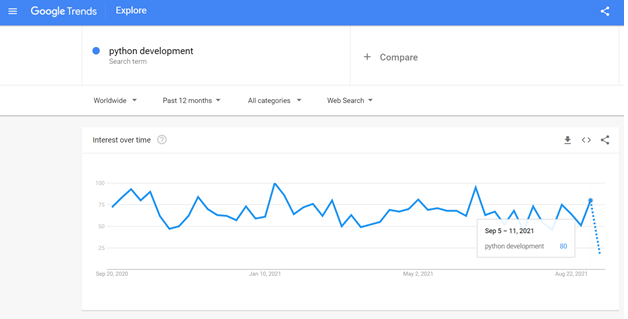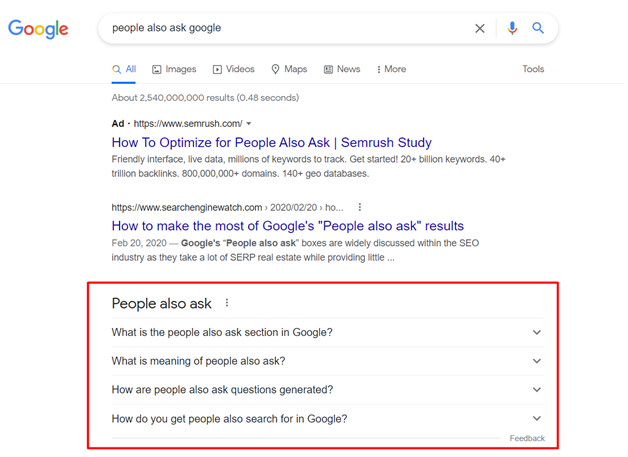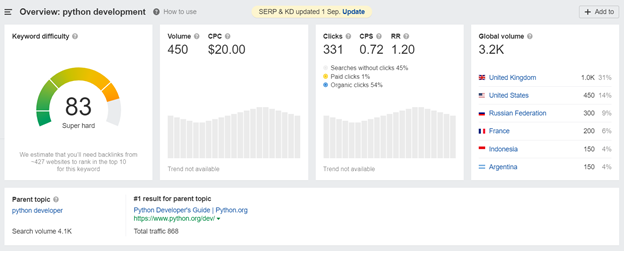
Whether you are a product owner, an entrepreneur, or just a tech enthusiast interested in writing, launching a blog has certainly crossed your mind once or twice. A well-organized blog can lay the foundation for marketing campaigns and help get your brand noticed on the web. It can also become a funny way to promote your product while getting your creative juices flowing.
But in fact, blogging isn’t just about writing. There are many steps to launching a knowledge base which may seem overwhelming at first. Luckily, we have created a step-by-step guide along with actionable tips on creating and maintaining a successful blog.
Without any further ado, let’s get started.
‘
7 Essential Steps to Launch a Blog from Scratch
Step 1. Plan and visualize your target audience (TA)
Before launching a blog, you must first understand why you need it on the whole and who your readers will be. Thus, the planning stage should include goal setting and a general research of your target audience.
When you have clear objectives in mind and can visualize your potential readers, creating relevant content will become that much easier.
Pro tip: create some buyer personas for your different types of readers using specialized templates, such as ones from HubSpot. Provide such basic information as users’ gender, age range, career, hobbies, and other important characteristics.
Once you have created a few reader profiles, it’s time for extensive research. Analyze statistics and customer sentiment to figure out what type of content these people like to read. This will help you come up with a list of topics that may gain traction on your blog.
Having finished your planning work, you are ready to move on to the technical blog implementation.
Step 2. Prepare blog design, domain, and hosting
When the overall blogging strategy is developed, you’re good to start working on technical aspects of launching a blog. The core operations include the creation of the blog design, selection of the domain name, and hosting.
Just as above, this step also requires some research on your end, as the options for domain and web hosting are endless. We recommend that all beginners use WordPress because this platform is highly user-friendly. Your chosen hosting option should ideally be compatible with WordPress and offer a free registered domain, high bandwidth, and an SSL certificate.
If you have chosen a WordPress-optimized host, then you will most likely get started with an easy installation of WordPress with a single click. After this, everything is as simple as putting two and two together.
WordPress is also a perfect solution for creating an appealing blog design. Its easy-to-use functionality allows you to play around with various themes without any required programming or web design skills. Then, you can start customizing the chosen blog theme with plugins to create your dream website.
There are a lot of tutorials and resources to help you find your way around blog design on WordPress.

Pro tip: If you put a blog on a separate domain outside your corporate site, keep in mind that users must be able to easily search for and remember your domain name. We recommend keeping the name simple, catchy, and evoking some vivid associations. Avoid using any special characters and difficult-to-spell words.
Step 3. Craft a content strategy
Now that the website is ready to use, it’s time to outline a general content strategy. Bring out the broad topic list you created in the first step and make it more detailed. Here you should competently combine search engine optimization tendencies and readers’ intent.
If you choose topics that are too broad, there will be too much competition, and your blog is likely to drown in the search results. Otherwise, if you select a too-narrow niche, you won’t be able to reach a wide audience.
So how do you create a well-balanced content strategy? Conduct market research. In this way, you’ll understand whether the topics you have selected are profitable and interesting enough.
Pro tip: Start by searching up the general topics on Google Trends to see what the trends in your industry are and how many people actually Google these topics. You will notice a graph that will demonstrate how interest in your chosen topic has fluctuated or been maintained over time. If the graph is steady or climbing, this means you have found a topic with an audience that will surely bring traffic.

Next, do a general search for the phrase on Google. Right above the provided links, you will notice the number of page results. With simple phrases like “cooking” or “financial consulting,” it can be difficult to beat out the established big websites.
Here is why you should try searching for alternative and more niche topics to see which have less competition. At the bottom of the results page, you will notice more specific related topics which you can focus on. You can also take a look at the ‘People Also Ask’ boxes for some not-so-obvious keyword ideas.

You can also use Google keyword planner to analyze different queries to see the average number of searches per month and get a scope of your competition.
Step 4. Do some SEO magic
SEO is an extensive topic which we couldn’t possibly cover in one post. And that’s not our core topic. So, let’s just touch on the most basic SEO guidelines that are absolutely necessary for an efficient blog.
This step mostly involves searching for and selecting strategic keywords for blog content that will help you rank high in search results. Start by discovering quick-win phrases in a keyword research tool such as Ahrefs, Moz, or another. There, you’ll be able to find out their monthly search volumes showing how popular they are among your TA, competition difficulty, and other essential SEO parameters.

Keyword tools will also recommend similar terms that you can insert into your content to reinforce the primary keyword.
Pro tip: Use a mix of both high and low competition keywords in the beginning. This will help you cover the popular topics through the phrases with accessible keyword difficulty.
Another important part of SEO work is the tech site audit. This is basically a ‘doctor’s checkup for your website’s health’ which must be regularly performed. The factors to check for are mobile-friendliness, speed, on-page optimization (content quality, metadata), quality of internal and external links, and so on.
We won’t dive too deeply into how to perform an audit as it is mostly essential once the blog is up and running, but there are many resources and tools on the Internet which can help you in this process.
Step 5. Form a blogging calendar
The times of chaotic writing and publishing have passed. Now, a blogging calendar is one of the most important items in a blogger’s toolbox.
There are many reasons why it is important to schedule your content. First and foremost, it keeps you organized. Jotting down ideas and research of random post-it notes and stray notebook pages means these are never going to be used. A content calendar will help organize your blog neatly. It is also going to help you always have an idea of what you are writing next, so you are never overwhelmed at the prospect of a deadline.
Not only will it make you stay consistent, but finding holes and faults in your content strategy will also become that much easier.
A blogging calendar is an all-in-one tool to help outline your future strategies and plans. Some suggestions for possible calendar sections include topics, headlines, ideas, research, keywords, sources for images, first edit, and publishing date.
Of course, this calendar is made to be followed, and tracking the work progress of your team’s content creators is just as important as creating the calendar. Here, you can use a progress tracking app to keep the process organized and boost your team’s performance.
Step 6. Write content
Every blog is unique, and the content is what makes it so. This is why we can’t provide any strict guidelines when it comes time to finally write the blog articles. All we can do is provide a few tips to help you get started with efficient copywriting.
Remember, you are writing for an audience of real people. You must always make sure your content is dynamic and engaging so as not to bore the reader and make them click off. Try to imagine the reader sitting in front of you and speak to the reader.
Whenever you can, include facts and statistics in your articles. This is going to build the reader’s trust in you and solidify everything you are saying.
Lastly, always keep it short and sweet. Don’t forget that you are writing an article for the average person and not an academic book. Keep your sentences short, simple, and understandable, just like we have been doing in this article!
Step 7. Publish and distribute
Once you have your website up and your blog articles are being published, you have to ensure that they reach your target audience. That’s when you have to put some effort into link building and outreach marketing.
Try to find other blogs that may be interested in your material and negotiate with their editors on publication. Another technique is preparing top-notch infographics depicting the content of your post and pitching it to other reputable sites with the aim of getting a backlink to your original article.
There are many methods of outreach marketing that you can read about online and easily apply. Regardless of the tactics you choose, we want to encourage you with a piece of valuable advice —never let rejection affect you; keep reaching out as you don’t know where great opportunities await you!
Wrapping Up
Well, all words are said, so it’s high time to get started working on that blog you have been meaning to create! As you can see, it really isn’t all too difficult once you get down to the details. With a little research and patience, we promise you will see growth in no time. We wish you all the luck in your blogging endeavors!




